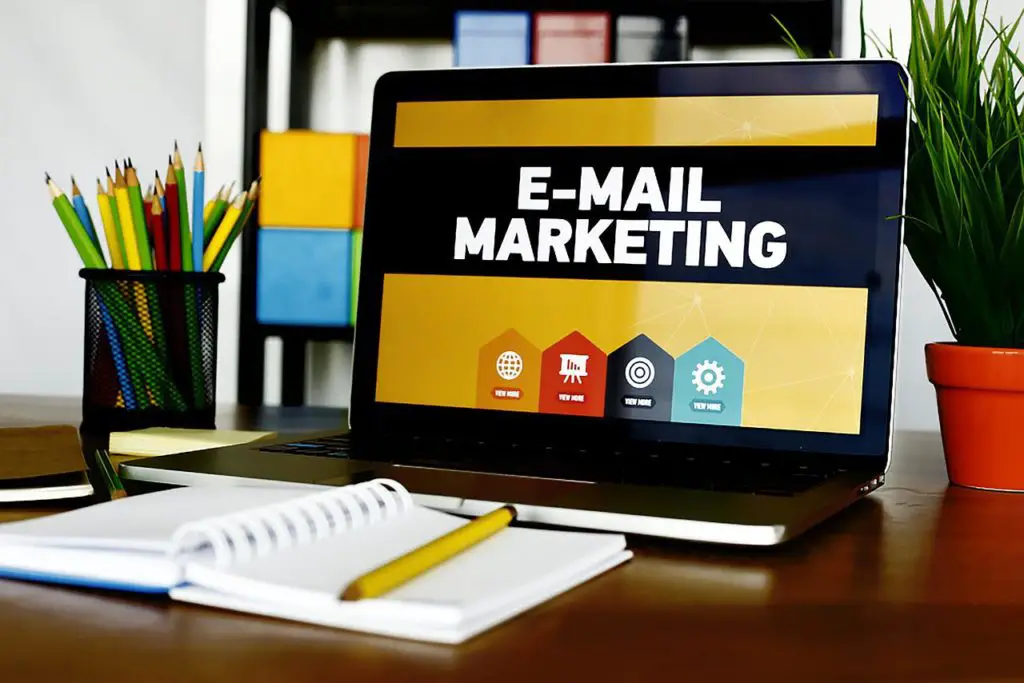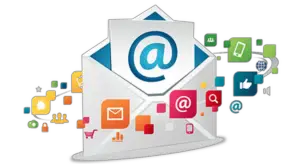Difference Between Inbound and Outbound Email Marketing
(Difference Between Inbound and Outbound Email Marketing) In today’s digital landscape, email marketing is a versatile tool that can be harnessed in various ways to connect with your audience. Two predominant strategies within email marketing are inbound and outbound approaches. This article will dive deep into the differences between inbound and outbound email marketing, shedding light on their unique characteristics and when to use each for optimum results.
Introduction
(Difference Between Inbound and Outbound Email Marketing) Email marketing remains a potent force in the realm of digital marketing. It offers a direct channel to engage with your audience, foster relationships, and drive conversions. Within email marketing, the strategies of inbound and outbound are distinct in their approaches and objectives.
The Essence of Inbound Email Marketing

Inbound email marketing revolves around creating valuable and informative content tailored to the needs and interests of your audience. It seeks to build trust and establish relationships by providing relevant information that subscribers actively seek. Inbound emails are sent to a self-selected and engaged audience, often consisting of individuals who have willingly subscribed to receive updates from your brand. (Difference Between Inbound and Outbound Email Marketing)
Unveiling Outbound Email Marketing

Outbound email marketing, on the other hand, takes a more proactive approach. It involves sending emails to a broader audience, which may include both opted-in subscribers and individuals who haven’t interacted with your brand before. Outbound emails often have a promotional or sales-oriented focus, aiming to capture the attention of recipients and drive immediate actions. (Difference Between Inbound and Outbound Email Marketing)
Key Differences
Let’s explore the primary distinctions between inbound and outbound email marketing:
1. Audience Engagement:
- Inbound Email Marketing: Engages with an audience that has shown interest in your brand by subscribing voluntarily. The content is often educational, informative, and tailored to the recipient’s preferences.
- Outbound Email Marketing: Reaches out to a broader audience, including both opted-in subscribers and potential new leads. Content is typically promotional, encouraging immediate action.
2. Permission:
- Inbound Email Marketing: Emails are sent to individuals who have given explicit permission to receive communications, indicating their interest in your offerings.
- Outbound Email Marketing: Emails may be sent to purchased lists or contacts obtained through various means, and not all recipients may have provided explicit consent.
3. Content Focus:
- Inbound Email Marketing: Prioritizes providing valuable and relevant content. This may include educational articles, industry insights, and personalized recommendations.
- Outbound Email Marketing: Focuses on promotional content, such as product announcements, special offers, and time-sensitive deals.
4. Relationship Building:
- Inbound Email Marketing: Aims to build long-term relationships with subscribers by consistently delivering value and nurturing leads over time.
- Outbound Email Marketing: Tends to be more transactional and immediate, seeking to capture the recipient’s attention and drive specific actions.
5. Metrics and Tracking:
- Inbound Email Marketing: Metrics often include open rates, click-through rates, conversion rates, and lead nurturing metrics.
- Outbound Email Marketing: Metrics are similar but may emphasize immediate results, such as click-through rates, conversion rates, and direct response metrics.
When to Choose Inbound Email Marketing
Consider employing inbound email marketing when:
- You want to nurture leads over time and build trust.
- Your goal is to provide educational content and thought leadership.
- You have a list of engaged subscribers who have shown interest in your brand.
- Your industry requires a focus on building long-term relationships.
When to Choose Outbound Email Marketing
Opt for outbound email marketing when:
- You have time-sensitive promotions or offers to communicate.
- You want to reach a broader audience quickly.
- Immediate conversions or actions are essential for your campaign.
- You are looking to generate initial interest and capture attention.
Measuring Success

Both inbound and outbound email marketing campaigns can be measured using key performance indicators (KPIs) like open rates, click-through rates, conversion rates, and engagement metrics. The choice of KPIs may vary based on the specific goals of your campaign. (Difference Between Inbound and Outbound Email Marketing)
Conclusion
(Difference Between Inbound and Outbound Email Marketing) Inbound and outbound email marketing strategies each have their strengths and applications. Understanding the differences between the two allows you to tailor your email campaigns to suit your goals and target audience effectively. By leveraging both strategies, you can create a comprehensive email marketing approach that resonates with your subscribers and drives results.
FAQs
- Q: Can I combine inbound and outbound email marketing in a single campaign?
- A: Yes, a hybrid approach can be effective in capturing immediate interest while nurturing leads over time.
- Q: Which strategy is more suitable for lead nurturing?
- A: Inbound email marketing excels at lead nurturing due to its focus on providing ongoing value.
- Q: Are there compliance considerations when using outbound email marketing?
- A: Yes, it’s crucial to adhere to email marketing regulations and obtain consent from recipients when sending outbound emails.
- Q: How can I improve open rates in inbound email marketing?
- A: Personalize subject lines, send valuable content, and maintain a consistent sending schedule to boost open rates.
- Q: What metrics should I prioritize when measuring outbound email marketing success?
- A: Focus on click-through rates, conversion rates, and direct response metrics to gauge the effectiveness of outbound campaigns.





